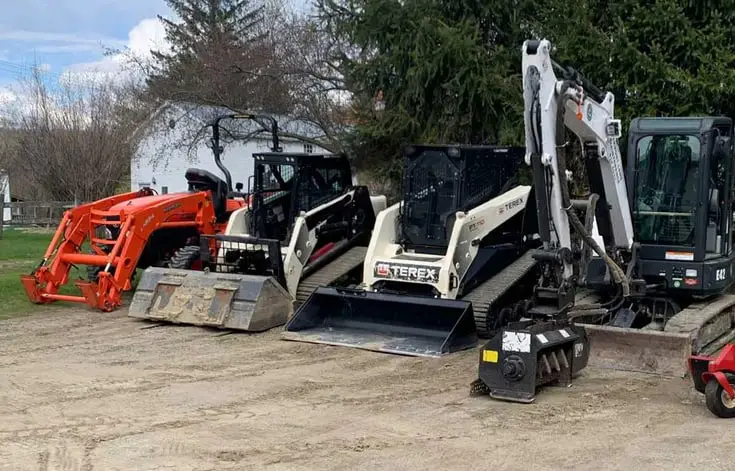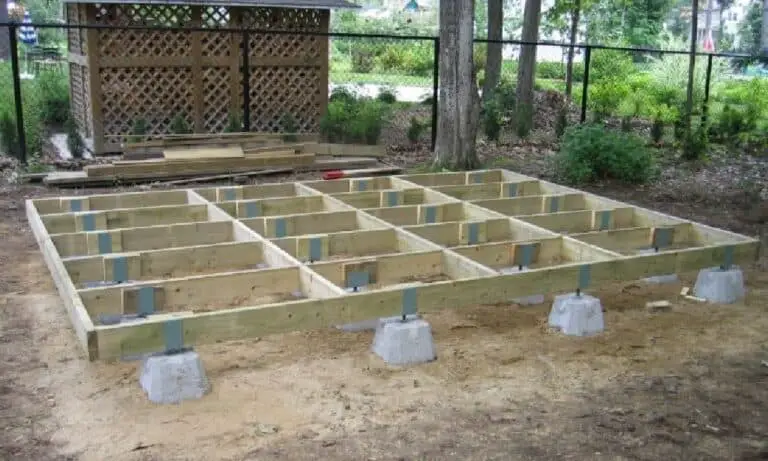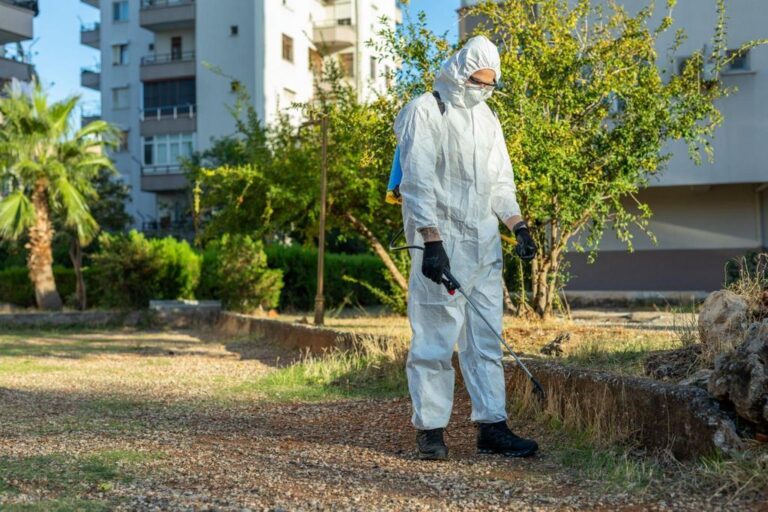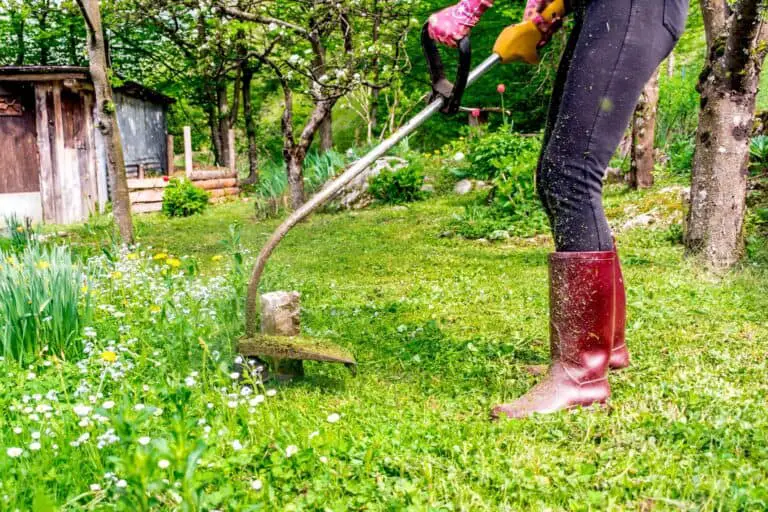How to Plant & Get Grass to Grow After Forestry Mulching?
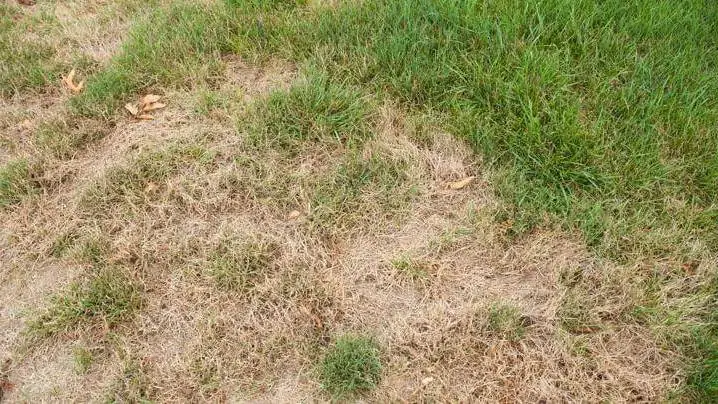
There are many ways to clear land for development, farming, or forestry. One of the most common methods is land clearing using heavy equipment. This can be a very effective way to clear land, but it is also a very expensive and time-consuming process.
A newer, more efficient way to clear land is through forestry mulching. Forestry mulching is a method of clearing land that uses a machine called a mulcher.
Mulchers are designed specifically for cutting and grinding trees and other vegetation into small pieces. Mulching leaves the soil intact and ready for planting or development. Mulching also helps to control erosion and can improve water quality.
In this article, we will look at what is needed to do after forestry mulching. How to plant after mulching? How to get grass to grow after forestry mulching?
How Do You Grow Grass After Land Clearing?
The grass is a vital part of any landscape. It’s important to make sure you have enough of it after land clearing. Sometimes, it can be difficult to grow grass after land clearing.
Here are a few tips on how to grow grass after forestry mulching:
1. Start by assessing the damage done by the land clearing process. Make sure you take into account the size of the area that was cleared, as well as any existing damage to the soil.
2. If there is significant damage to the soil, you will need to take steps to repair it before planting grass. You can do this by adding organic matter such as compost or manure, or by using a soil amendment like lime or sulfur.
3. Once the soil has been repaired, it’s time to plant the grass. If you have a good enough amount of soil, you can start with a seed and then add fertilizers to support it.
4. Once the grass has grown, make sure that it is well managed. If it gets too tall, you will need to cut it back and check for issues like crabgrass or other invasive grasses.
5. When the grass is established, you can start mowing regularly. Mowing will reduce the chances of weeds and invasive grasses, as well as to improve your lawn.
How Long Does It Take To Compost Mulch?
Composting is the process of breaking down organic matter into a humus-like substance. The end result is rich in nutrients and can be used as a soil amendment to improve plant growth. There are many ways to compost, but the most important factor is keeping the pile moist and airy.
The time it takes to compost mulch will depend on a variety of factors such as the type of mulch, the climate, and the size of the pile. A good rule of thumb is that it will take about a year to compost most mulches.
There are several ways to compost mulch. The most common is to create a pile in a designated spot on the soil. You can also use bins or barrels for smaller piles. The key is to make sure there is enough air circulation so that the organic matter can break down properly.
You can also add other organic materials to your compost pile to speed up the process. This is usually done in conjunction with adding mulch to the pile.
Adding shredded paper, straw, sawdust, or cardboard will help break down the organic matter for a faster composting time. You can also add wood chips or shredded natural wood to your pile. This will speed up the process but should be done in moderation.
You can also add shredded natural wood to your compost pile for an even faster process. You can add this to your pile along with mulch or other organic matter that is already in the pile.
How Long Does Forestry Mulch Take To Decompose?
Mulch is a material that is spread on the ground to cover the surface. It can be made from many materials, including wood chips, leaves, and straw. Mulch helps keep the soil cool and moist, and it also prevents the growth of weeds. Mulch can be used in gardens and around trees.
One of the questions people often ask is how long it will take forestry mulch to decompose. This depends on the type of mulch that is used. Forestry mulch, which is made from wood chips, takes longer to decompose than other types of mulch. It can take up to two years for forestry mulch to decompose completely.
Will Grass or Cut Trees Grow Again after Mulching?
Mulching with wood chips or other forestry mulch is a popular way to protect soil from erosion and suppress weed growth. A potential downside of using forestry mulch, however, is that it can be difficult for grass to grow through the thick layer of material.
If you are planning to use forestry mulch in your garden, it is important to test how well grass will grow through the mulch before you put down a thick layer. You can do this by scattering a few handfuls of grass seed on top of the mulched area and then watering it in.
If the grass does not grow well through the mulch, you may need to thin out the layer or remove it completely and replace it with a thinner layer of organic matter such as compost.
It is unlikely that cut trees will grow through the forestry mulch. The mulch is designed to protect the soil and weed growth. It is not intended as a planting medium for trees. If you are looking to plant a tree, you should remove the forestry mulch and replace it with a suitable planting medium.
Cedar trees that have been cut down will not regrow. Hardwood trees are capable of producing shoots/small trees. Again, these can be mowed down, or we can stump grind particular trees to entirely prevent them from sprouting again.
How to Plant After Forestry Mulching?
Forestry mulching is the practice of leaving tree stumps and branches in place after a forest is clear-cut. Then, use a mulching machine to spread a layer of chipped wood over the ground. This layer of wood helps to protect the soil from erosion, and new trees can be planted among the stumps and branches.
Below are steps on how to plant trees after forestry mulching:
1. To plant after forestry mulching, you will need to loosen the soil with a shovel or hoe before planting your new trees. Make sure to dig a hole that is big enough for the tree’s root ball, and place the tree in the hole so that the top of the root ball is level with or slightly above the surrounding soil.
2. Fill in around the roots with soil, making sure to pack it down firmly so that there are no air pockets.
3. Water the newly planted tree with a watering can, and then wait until the soil is completely dry before watering again.
4. Continue this process every two to three weeks until the tree is well-established. 5. Prune the tree to your liking, and add mulch around the base of the tree. Pruning the tree can help to reduce the risk of disease, and will encourage a stronger root system.
6. Mulch around the base of the tree with organic matter such as peat moss or wood chips to help retain moisture and keep weeds at bay.
7. Allow the tree to grow. It will take anywhere from two to six years for the tree to reach maturity, depending on how well you have taken care of it.
8. Once the tree is mature, prune it back as needed, or even remove branches that are dead or damaged.
When Is The Best Time to Have My Land Forestry Mulched?
It depends on the specific situation. Some factors that could influence the decision include the type of trees or plants on the property, the size of the land, the condition of the soil, and when mulching is needed for weed control or erosion prevention.
Generally speaking, autumn is a good time to have land forestry mulched because leaves have fallen and there is fewer debris to interfere with the mulching process.
Mulching in late winter or early spring is also an option in areas where there is little snow cover. Spring and early summer are prime times to do land forestry mulching in the growing season. In areas that are more prone to heavy rainfall, spring and early summer are good times to have vegetation mulched.
Conclusion
Forestry mulching is the practice of leaving tree stumps and branches in place after a forest is clear-cut, and then using a mulching machine to spread a layer of chipped wood over the ground. This layer of wood helps to protect the soil from erosion, and new trees can be planted among the stumps and branches.
In conclusion, after forestry mulching, it is important to properly plant the trees. This means ensuring that the hole is deep enough and that the roots are spread out in the hole. The soil should be firmed around the tree and a watering can be used to water the tree. Finally, after planting, it is important to keep an eye on the tree and water it when necessary.


